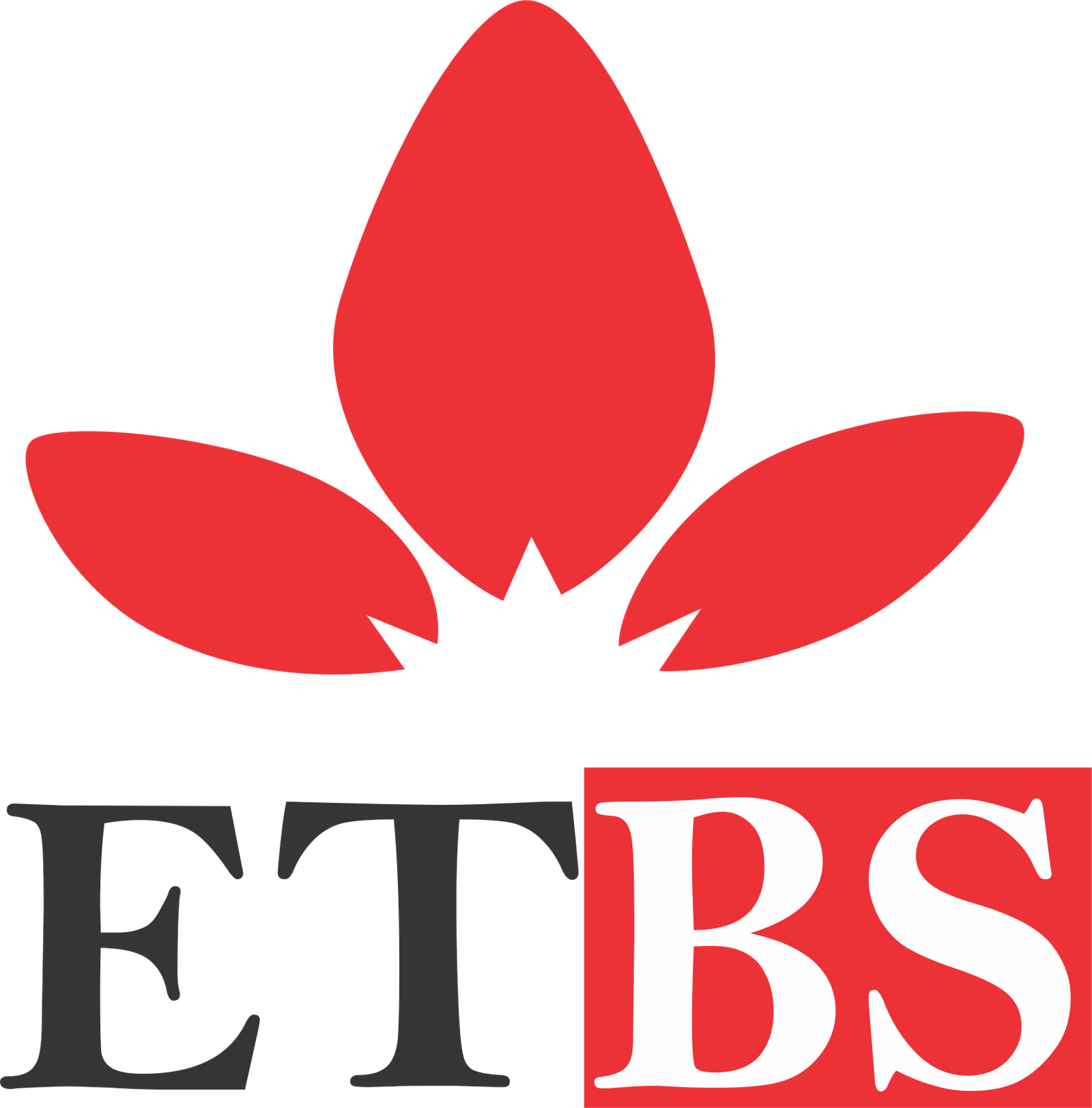 EarthTab Business School
EarthTab Business School
☰
|

Course Overview: Welcome To EarthTab Business School. My Name Is Saanvi Joshi And I Will Be Your Course Preceptor For The Course, Pest, Weed, And Disease Control In Crops. Agriculture is the backbone of global food security and rural livelihoods, yet its productivity is constantly challenged by the prevalence of pests, weeds, and diseases. Crop losses caused by these biotic stresses account for a substantial reduction in potential yields, economic instability for farmers, and food scarcity in vulnerable regions. The course “Pest, Weed, and Disease Control in Crops” is meticulously designed to provide you with a comprehensive understanding of the biology, ecology, and management of these crop-affecting agents, integrating traditional approaches with modern scientific and technological innovations. This course bridges the gap between theoretical knowledge and practical application, equipping participants with the expertise to design, implement, and evaluate integrated crop protection strategies that are sustainable, economically viable, and environmentally responsible. By the end of the program, you will possess a holistic understanding of pest dynamics, weed competition, and plant disease epidemiology, alongside the tools necessary for precision monitoring, decision-making, and control interventions. Understanding Biotic Stress in Crops: Principles of Integrated Pest, Weed, and Disease Management (IPM/IWM): Cultural and Mechanical Control Strategies: Chemical Control and Safe Usage: Biological Control Approaches: Modern Technologies and Innovations: Economic and Decision-Making Frameworks: Sustainability, Climate Adaptation, and Policy Considerations: By the end of this course, you will be able to: Accurately identify major pests, weeds, and diseases affecting key crops. Explain the life cycles, ecology, and host interactions of crop-damaging agents. Design and implement integrated management strategies combining cultural, mechanical, biological, and chemical approaches. Assess and apply chemical and biological control measures safely and effectively. Utilize modern monitoring technologies, predictive models, and data-driven tools for pest, weed, and disease management. Make informed economic and agronomic decisions based on thresholds, crop loss predictions, and cost-benefit analyses. Integrate sustainable practices that reduce environmental impact and enhance climate resilience. Apply regulatory, safety, and policy knowledge in practical crop protection scenarios. Agricultural extension officers Crop scientists and agronomists Horticulturists and farmers Students and researchers in plant protection and agronomy Agro-industrial professionals managing large-scale crop production Lectures and multimedia presentations Hands-on laboratory and field demonstrations Case studies and scenario-based learning Group discussions and problem-solving exercises Field trips for real-time pest, weed, and disease assessment This course equips you to tackle one of the most pressing challenges in agriculture: ensuring crop health and maximizing yield through scientific, cost-effective, and sustainable interventions. By integrating foundational knowledge with practical skills and modern technology, you emerge as proficient crop protection practitioners capable of addressing both traditional and emerging threats to global food systems.Key Themes and Objectives
You will explore the diversity and complexity of crop pests, weeds, and pathogens, including insects, nematodes, rodents, fungi, bacteria, viruses, and parasitic plants. This involves detailed study of their biology, life cycles, host interactions, environmental adaptations, and modes of dispersal. The course emphasizes the interconnectedness of these agents with crop physiology, soil health, and climatic variables, highlighting how these interactions influence crop productivity.
The program emphasizes integrated management approaches that minimize reliance on chemical inputs while optimizing control efficacy. You will learn about preventive, cultural, mechanical, biological, and chemical strategies, underpinned by decision-making frameworks that balance cost, effectiveness, and environmental impact. Economic thresholds, pest scouting, and monitoring techniques are central to this theme, allowing learners to make scientifically informed interventions.
The course explores traditional agronomic practices, including crop rotation, intercropping, tillage, sanitation, and mulching, as tools for suppressing pests, weeds, and diseases. You gain insights into how cultural practices can alter pest habitats, disrupt life cycles, reduce inoculum sources, and enhance the resilience of crops. Practical applications of mechanical control, such as weeding, trapping, and pruning, are discussed in depth.
While the emphasis is on integrated approaches, the course provides advanced instruction on the judicious use of pesticides, herbicides, and fungicides. You study modes of action, formulation types, dosage calculations, application techniques, and timing to maximize effectiveness while minimizing environmental contamination and resistance development. Safety protocols, regulatory frameworks, and personal protective equipment (PPE) requirements are rigorously addressed.
The course delves into the use of natural enemies, parasitoids, predators, and antagonistic microorganisms for pest suppression. You explore case studies in successful biological control programs, understand host-specificity principles, and learn to integrate biocontrol agents into existing crop systems. The course also highlights microbial bio-pesticides and mycoherbicides as sustainable alternatives to chemical inputs.
Cutting-edge approaches are introduced, including genetically modified (GM) crops with pest or disease resistance, precision agriculture technologies, remote sensing, drones, and decision-support systems. You gain exposure to advanced monitoring techniques, predictive modeling, and data-driven interventions that enhance the efficiency and accuracy of pest, weed, and disease management.
A critical component of the course is understanding how economic thresholds and crop loss assessments inform control strategies. You study cost-benefit analyses, economic injury levels, and the prioritization of interventions, enabling rational resource allocation in both smallholder and commercial farming contexts.
The program emphasizes sustainable crop protection, climate-smart agriculture, and environmentally responsible practices. You explore the impact of climate change on pest and disease dynamics, weed proliferation, and crop vulnerability. Policies, regulations, and international standards for integrated crop protection are also examined to provide a comprehensive view of governance, food safety, and environmental stewardship.Expected Learning Outcomes
Target Audience
Teaching and Learning Methods
Course Significance
I Look Forward To Congratulating You Upon Completion Of This Course

Unlocking Professional Potential through world-class assessments and industry-ready training.
"Empowering Professionals through practical, accessible online business education"
- Blessing Princess Agho
 Founder/Lead Instructor
Founder/Lead Instructor